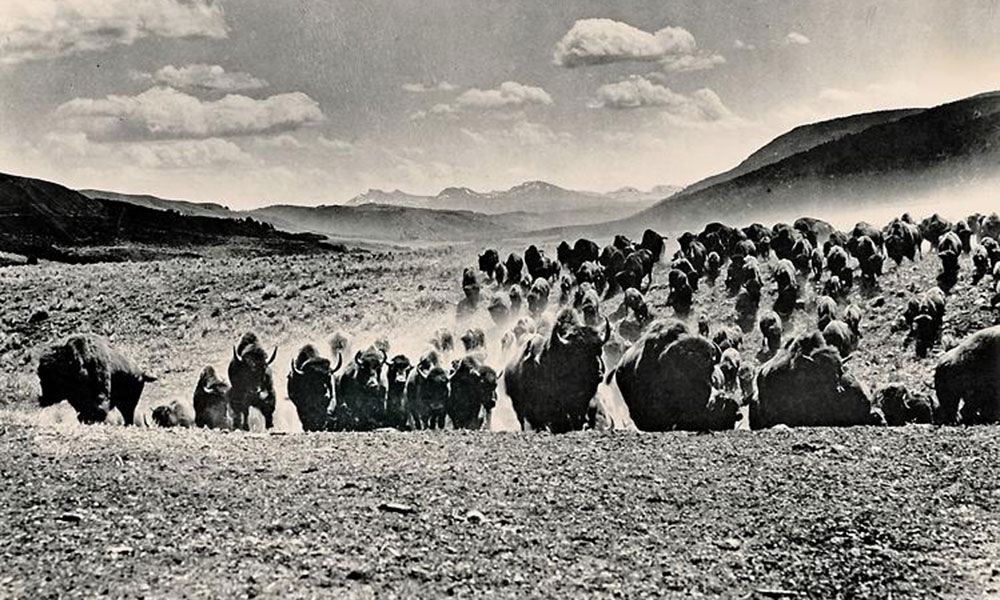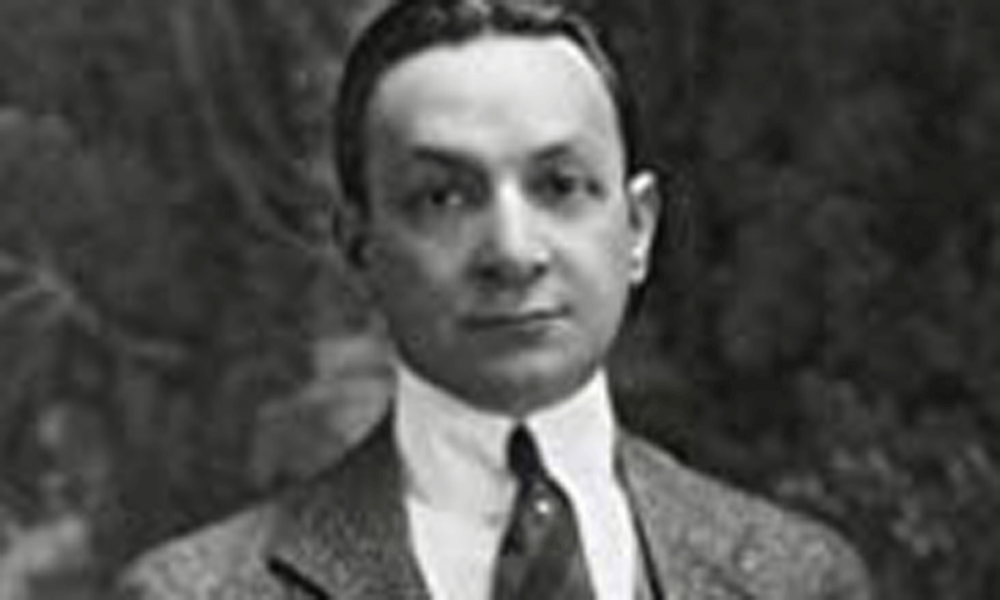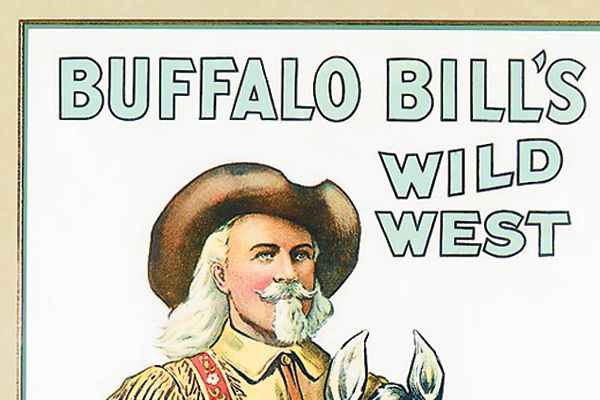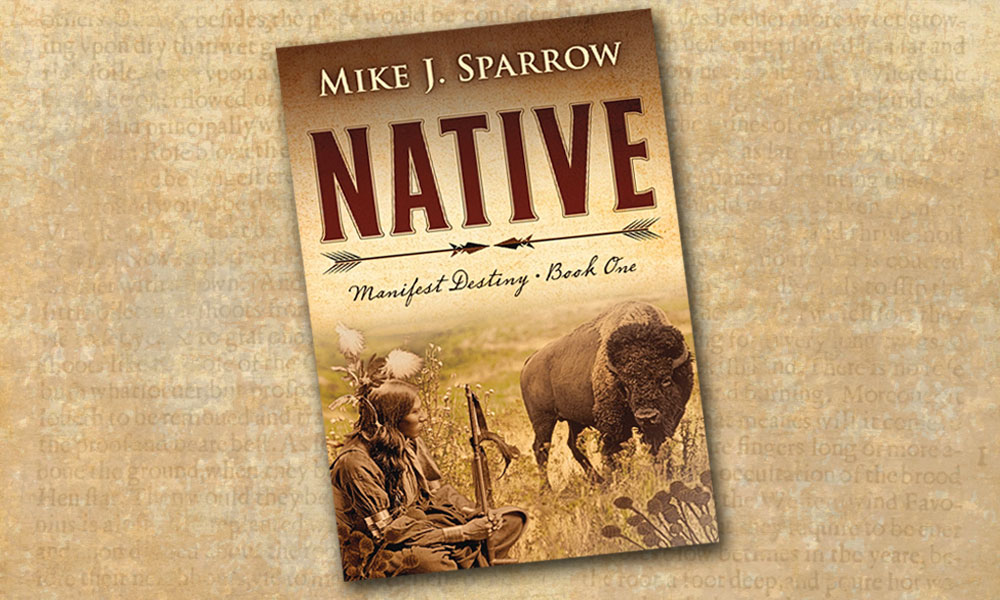
Was Buffalo Bill was instrumental in the near extinction of the American bison (Buffalo)?
In an odd sort of way Bill Cody helped in the preservation of the bison. In 1867 Cody was hired by the Kansas Pacific Railroad to feed the railroad construction workers building a railroad across the Great Plains. He was paid $500 a month, a big paycheck for. In eighteen months he killed 4,280 animals, a huge body count, but a mere “grain of sand on a beach.”
True, as a hunter he killed thousands to feed the railroad workers and he’s loathed by many today. What he did though was to make the rest of the world aware of the American bison. The buffalo hunt was a staple in his Wild West shows for three decades.
The image of the bison became the symbol of the American West in the hearts and minds of millions. Thus, Cody had a vested interest in making sure the species was preserved.
The myth of the buffalo being driven to near extinction by hunters needs to be laid to rest.
According to an article in 2015 by Dr. Sam Fadala, Buffalo Hunted to near extinction, sixty million free-ranging bison spread out over hundreds of thousands of square miles could have never been wiped out by hunters.
So what nearly wiped out the bison? Domestic cattle diseases likely wiped out far more bison than bullets.
Dr. Fadala writes, The American buffalo (bison) was not shot off, because it could not be rendered extinct by bullets due to incredible numbers, vast and often unreachable habitat, primitive travel methods, and inferior firepower.
In support of his thesis Dr. Fadala continues, “Little Boy and Fat Man, dropped from the Enola Gay and Boxcar, atomized Hiroshima and Nagasaki in the waning days of World War II. But loss of life was microscopic against the onslaught of the Black Plague in Europe.
That pandemic reduced over 30 million people to corpses in the 1340s.
“Following World War I, Spanish Influenza took a greater toll in a couple months than all the bombs, bullets, and mustard gas railed against soldiers from 1914 to 1918. That the buffalo was wantonly slaughtered is fact. That the breed was destroyed by guns is
ludicrous.”
Dr. Ralph Kouchy, pathologist, came to the same conclusion pointing out 1883-1884 as the critical years. Hunters found huge stacks of bones in Montana but the animals showed no sign having been shot. They had “simply laid down and died.”
Marshall Trimble is Arizona’s official historian and vice president of the Wild West History Association. His latest book is Arizona Outlaws and Lawmen; The History Press, 2015. If you have a question, write: Ask the Marshall, P.O. Box 8008, Cave Creek, AZ 85327 or email him at marshall.trimble@scottsdalecc.edu.





